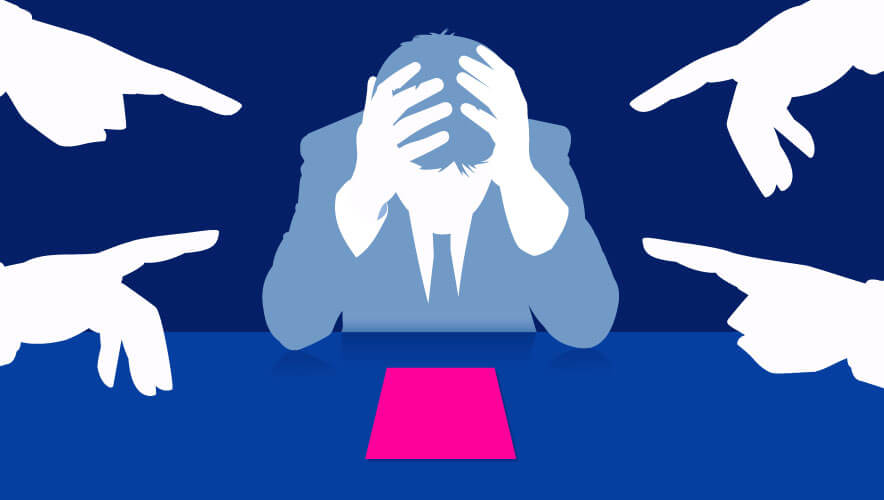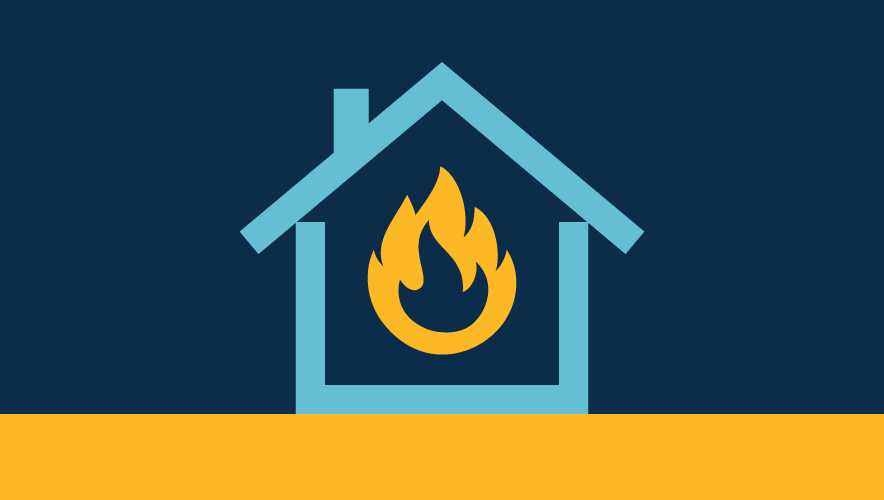Same Heat Dome, Different Day: U.S. Regions Remain Under Extreme Heat Advisories
One of the Security Management editors recently said that it’s time to bring back the parasol. Fashionable umbrellas that offer users shade from the sun—so often featured in impressionist paintings—could definitely be functional this week and weekend as large swaths of the United States are dealing with another heat dome.
A heat wave, which is expected to set new record high temperatures, will continue to impact the Great Lakes, Northeast, and Mid-Atlantic United States into the weekend, according to the U.S. National Weather Service (NWS). Tens of millions of people will be impacted by the extreme weather.
“Afternoon high temperatures and warm overnight lows will challenge daily records and even some monthly and all-time records,” the NWS said.
Heat alerts have been issued for at least parts of 14 different U.S. states, with some like New Mexico and California sitting outside of the heat dome.
Temperatures are expected to peak throughout the eastern Great Lakes and New England on 20 June, and in the Ohio Valley and Mid-Atlantic regions starting Friday and into the weekend, according to the U.S. National Oceanic and Atmospheric Administration (NOAA).
“Heat index reading are expected to peak from 100 to 105 degrees in many locations,” the NWS said. Several major metropolitan areas—including Albany, Boston, Chicago, Cincinnati, Cleveland, Detroit, New York City, Philadelphia, Pittsburgh, St. Louis, and Washington, D.C.—are expected to see dangerously high heat.
“Those without access to reliable air conditioning are urged to find a way to cool down,” the NWS said. “Record warm overnight temperatures will prevent natural cooling and allow the heat danger to build over time indoors without air conditioning.”
A heat wave will persist over the Great Lakes, Ohio Valley, and portions of the Northeast into the weekend as heat intensifies in the western U.S https://t.co/A3RX3bxaUJ
— NWS Weather Prediction Center (@NWSWPC) June 20, 2024
Some areas under extreme heat advisories have activated heat protocols, such as New York City and Burlington, Vermont, opening cooling centers on 18 June.
Scientific American was correct in its prediction that Burlington, Vermont, would be warmer than Miami, Florida, on 19 June. Burlington had a high of 93 degrees Fahrenheit, while Miami clocked in at 90 degrees. In fact, Vermont’s most populated city set a new record for its warmest low temperature in the month of June (80 degrees, in case you were wondering).
“The high-pressure heat dome responsible for the dangerous heat could reach a record level of intensity in parts of the United States,” The Washington Post reported, also providing a breakdown of what to expect in individual cities. “Research shows that human-caused climate change is enhancing the strength, size, and frequency of such events."
Interviewed by PBS, author Jeff Goodell noted that the extreme heat occurring today is consistent with research. “We’re seeing longer heat waves. We’re seeing more extreme heat waves. We’re seeing them starting earlier in the year. And we’re seeing them in unusual places that we haven’t seen before,” says Goodell, who wrote The Heat Will Kill You First.
Unlike tornadoes, hurricanes, earthquakes, or other extreme weather events, the greatest amount of damage from extreme heat is directed at humans. Extreme heat now ranks as the top “weather-related killer in the United States,” according to The Post. People who are older, pregnant, very young, taking certain medications, or have weak hearts are most at risk during extreme heat.
There are certain actions that individuals can take to help mitigate the effects of extreme heat on an individual, including avoiding drinking alcohol, consuming hydrating foods (i.e., fruits and vegetables) while avoiding fatty or fried foods, eating smaller or lighter meals, and staying in an air conditioned area. People are advised not to over-caffeinate because high levels of caffeine can increase body temperature and dehydrate the body. People should also be aware of how medications affect how they manage the heat.
Unsurprisingly, productivity has been shown to decrease during extreme heat events, Axios noted.
New workers are also at higher risk. Nearly half of heat-related deaths happen on a worker’s first day on the job, while more than 70 percent of such deaths happen during a worker’s first week, according to the U.S. Occupational Safety and Health Administration (OSHA).
To avoid fatalities, OSHA recommends that employers protect new employees or others who are unused to working in extreme heat by building a tolerance to heat for one to two weeks. This can be accomplished by doing the following:
- Give workers time to adapt to working in hot conditions, allowing their bodies to acclimatize and become more efficient in dealing with the heat and more resistant to heat illness.
- Schedule new workers to work shorter lengths of time in the heat, with scheduled and more frequent breaks.
- Educate workers about heat stress, heat-illness symptoms, and the importance of water and rest.
- Monitor staff closely to determine if anyone is showing symptoms of heat-related illness.
- Use the buddy system and do not allow new workers to work solo.
- If anyone is showing symptoms of heat-related illness, have them stop working and initiate first aid. It’s very important to never leave someone alone if he or she is experiencing symptoms.
Heat-related illnesses include heat stroke, heat exhaustion, rhabdomyolysis (rapid muscle breakdown), heat syncope, heat cramps, and heat rash. The most serious of these is heat stroke, which occurs when the human body can no longer regulate its own temperature and is unable to cool down. In the event of a heat stroke, the body’s temperature can rise to 106 degrees or higher in as little as 10 minutes, leading to death or permanent disability if the person does not receive emergency treatment, according to the U.S. Centers for Disease Control and Prevention.
Know the warning symptoms and what to do if you or a loved one shows signs of heat exhaustion or heat stroke. Heat related deaths and illnesses are preventable. Learn how: https://t.co/TOJJDsnzFS pic.twitter.com/b315Pmnu5d
— CDC (@CDCgov) June 15, 2024
The symptoms of heat stroke include confusion, altered mental status, slurred speech; loss of consciousness or a coma; hot, dry skin or profuse sweating; seizures; and very high body temperature.
If you encounter an employee suffering from heat stroke, call 911 and request emergency medical care. Then stay with that person until emergency medical services arrive. If you can, move the person to shaded, cool area and remove outer layers of clothing. You can cool the person by wetting the skin; placing him or her in a cold water or ice bath; placing cold, wet cloths on his or her skin; or soaking their clothing in cool water. It can also help to put cold, wet cloths or ice on the person’s head, neck, armpits, and groin.
For more information on workplace considerations and workplace safety during extreme heat, check out Security Management's Today in Security post from 2023, "Extreme Heat Waves and Deaths Drive Concerns About Workplace Safety."
These extreme temperatures are not expected to end with the weekend. “The record-strong heat dome is forecast to slide southward and sprawl out, covering much of the Southeast to Mid-Atlantic through early July,” Axios said. “At the same time, a heat wave in the West is expected to expand.”











